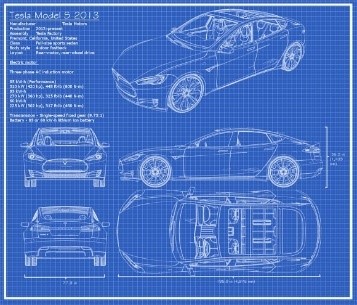What are Classes?
A class represents the definition—the blueprint if you like—used to create objects. Objects are simply variables, created (or instantiated) from this blueprint.
Like a structure, a class describes the
attributes of an object: the kinds of data
it stores internally. To design a Car class, you specify
the physical characteristics
that car shares: its serial number, body type, color,
type of interior,
engine size, etc.

Such attributes are stored as the object's data-members ( instance variables in Java).
A class also describes and implements the behaviors of its objects: the kinds of operations that each object in the class can perform. When you define a class, you need to specify what the object can do, providing an explicit list of its possible behaviors.
These are specified as embedded functions, called member functions in C++; in Java these are called methods. Member functions contain the interface (as prototypes in the class definition), and the instructions (appearing in the implementation) that tells each particular object how to complete a particular task.
To ask an object to perform some action, invoke or call one of its member functions. To emphasize the fact that objects represent fairly self-contained, autonomous units, the process of invoking a method is often called sending a message to the object.
 This course content is offered under a
This course content is offered under a